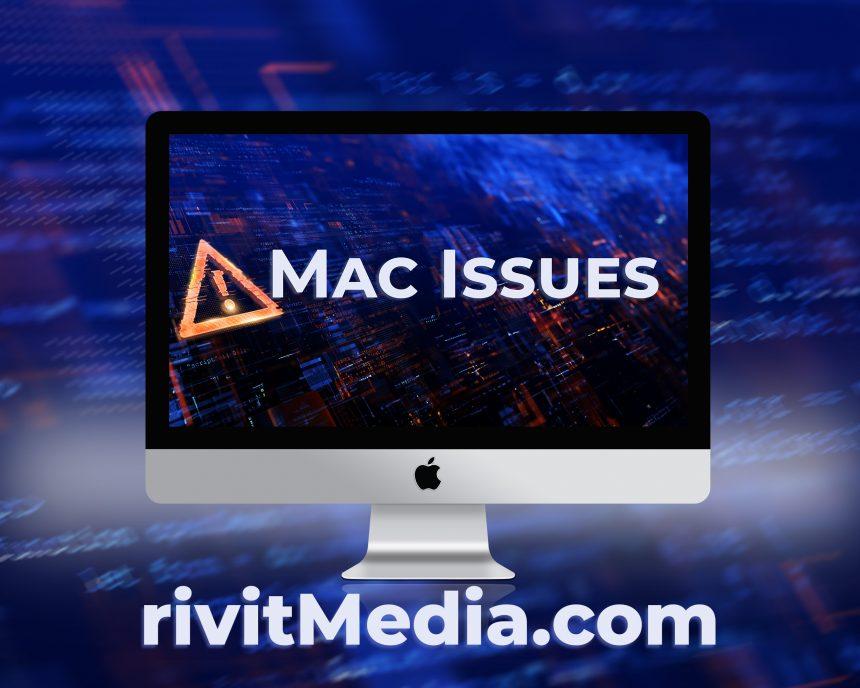In the ever-evolving landscape of cybersecurity threats, adware remains a persistent nuisance, with CacheOptimizer emerging as a prime example of its detrimental effects. CacheOptimizer, disguised as a benign application, operates under the guise of optimizing cache performance, but beneath its surface lies a treacherous agenda. This insidious adware not only inundates users with intrusive advertisements but also poses significant risks to their privacy and security.
Understanding CacheOptimizer Adware
CacheOptimizer presents itself as a utility aimed at enhancing cache functionality on devices. However, upon closer inspection, it becomes evident that its primary function is to inundate users with a barrage of unwanted advertisements. These ads often lead unsuspecting users to dubious websites, ranging from phishing sites to those hosting malware.
Consequences of CacheOptimizer
The ramifications of CacheOptimizer’s presence on a device can be dire. Users may find their browsing experience compromised by incessant pop-up ads and unwarranted redirects to unsafe websites. These sites may attempt to extract sensitive information from users through deceptive means, leading to potential identity theft or financial loss.
Furthermore, CacheOptimizer’s ability to gather various forms of user data, including browsing history and personal preferences, raises significant privacy concerns. This data collection not only infringes upon users’ privacy but also exposes them to the risk of further exploitation by malicious actors.
Detection and Similar Threats
CacheOptimizer operates under various aliases, making it difficult to detect and eradicate. Some of the detection names associated with CacheOptimizer include Avast’s MacOS:AdAgent-L [Adw], ESET-NOD32’s OSX/Adware.Synataeb.H, and Kaspersky’s Not-a-virus:HEUR:AdWare.OSX.Adload.j.
Similar threats to CacheOptimizer include other members of the Adload malware family, which share similar characteristics and pose comparable risks to users’ devices and data.
Removal Guide for CacheOptimizer
Removing CacheOptimizer from your device is crucial to mitigate its adverse effects. Follow these steps to ensure complete eradication:
- Manual Uninstallation: Begin by closing any active instances of CacheOptimizer and navigating to your applications folder. Locate CacheOptimizer and drag it to the Trash. Empty the Trash to delete the application permanently.
- Browser Cleanup: Clear your browser’s cache, cookies, and history to eliminate any remnants of CacheOptimizer’s activity. Additionally, remove any suspicious browser extensions or plugins associated with the adware.
- Reset Browser Settings: Resetting your browser to its default settings can help eradicate any lingering traces of CacheOptimizer. Consult your browser’s documentation for instructions on how to perform this action.
- Scan for Malware: Use reputable antivirus software to scan your device for any remaining traces of CacheOptimizer or associated malware. Ensure that your antivirus definitions are up-to-date to detect the latest threats effectively.
- Monitor Device Performance: After removing CacheOptimizer, monitor your device for any unusual behavior or performance issues. Report any suspicious activity to your antivirus provider for further investigation.
Preventing Future Infections
To safeguard your device against future adware infections like CacheOptimizer, consider implementing the following best practices:
- Exercise Caution When Downloading Software: Avoid downloading applications from untrustworthy sources or unfamiliar websites. Stick to reputable app stores and official developer websites to minimize the risk of encountering malicious software.
- Read End User License Agreements (EULAs): Take the time to review EULAs before installing new software. Look out for any clauses or permissions related to data collection and advertising, as these may indicate the presence of adware.
- Keep Software Updated: Regularly update your operating system and installed applications to patch security vulnerabilities and prevent exploitation by malware authors.
- Enable Security Features: Activate built-in security features such as firewalls and pop-up blockers to provide an additional layer of defense against adware and other cyber threats.
By following these guidelines and remaining vigilant against potential threats, you can protect your devices and personal data from the pernicious effects of adware like CacheOptimizer. Remember, proactive measures are essential in safeguarding against the ever-present dangers of the digital landscape.





